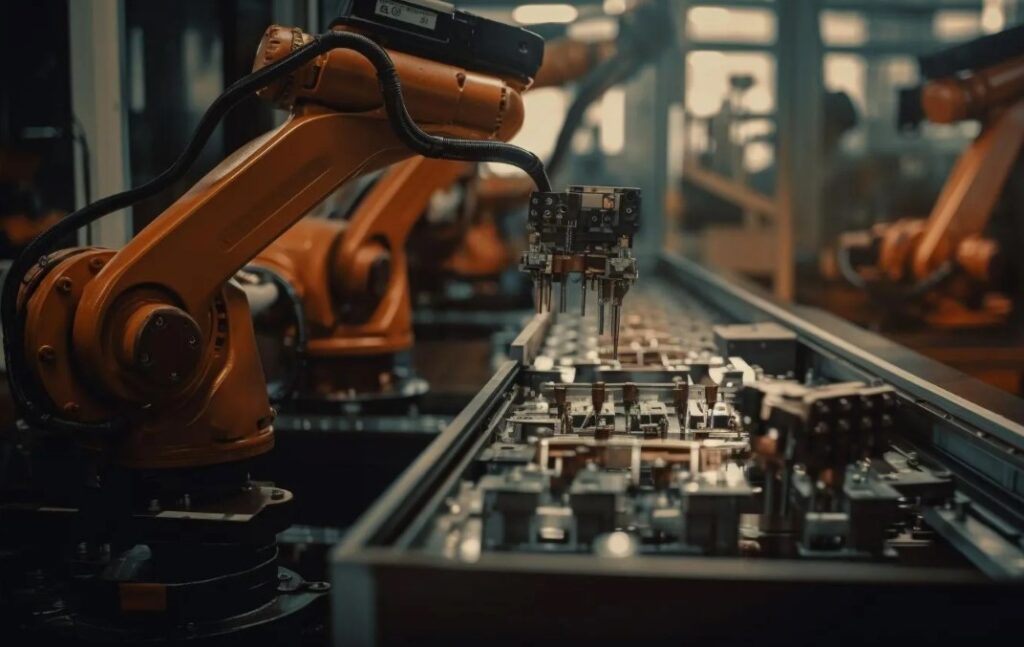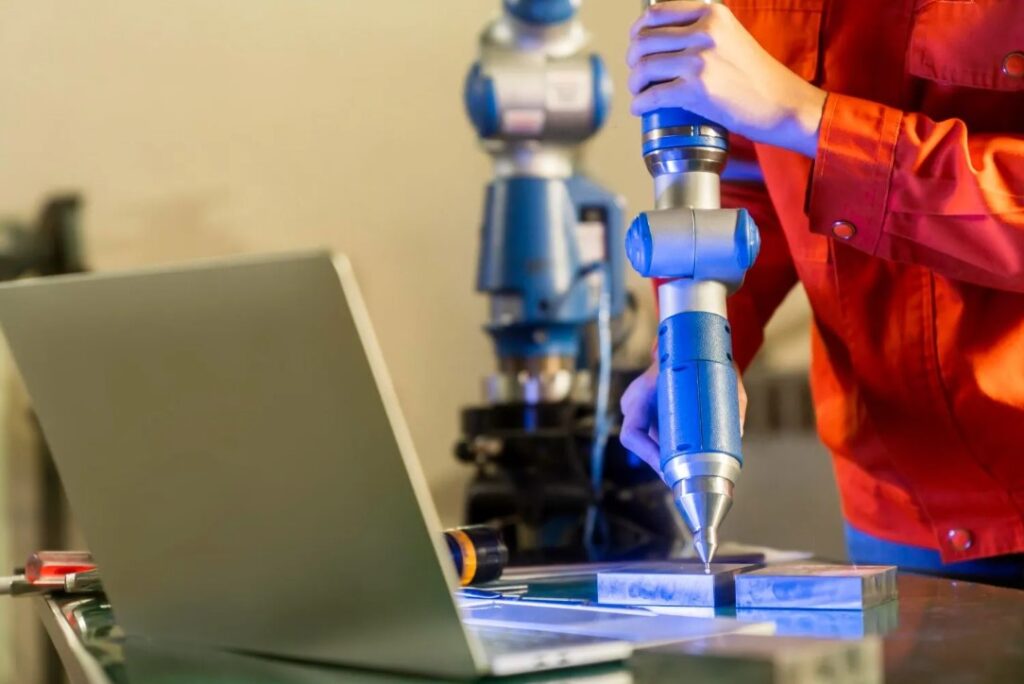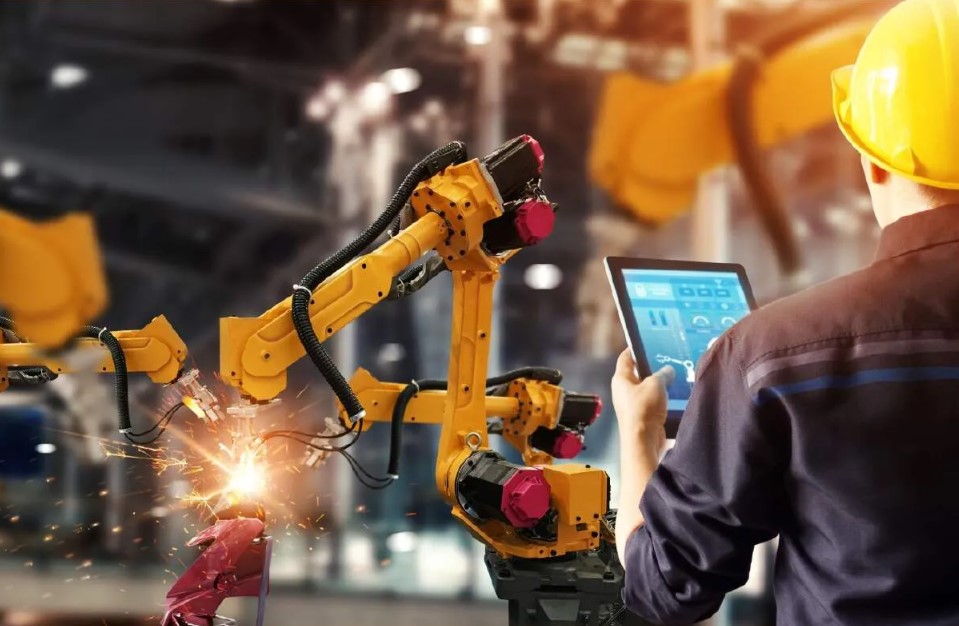In today’s fast-paced industrial world, time is money – and precision is power. As manufacturers across the globe seek smarter ways to meet demand, the robot welder has quietly become one of the most transformative technologies on the factory floor.
From Sparks to Software
Welding has always been a vital part of manufacturing, from cars and construction equipment to household appliances and aircraft. But traditional welding methods are time-consuming, physically demanding, and often leave room for human error.
Enter the robot welder: a programmable, automated system that performs welding tasks with speed, accuracy, and consistency. These machines don’t just weld – they revolutionise how companies approach fabrication. By integrating robotics into production lines, manufacturers gain the ability to scale up operations without compromising precision. Furthermore, robotic welders can operate around the clock, boosting output in high-demand environments without the need for breaks or shift changes.
The Benefits of a Robot Welder
So why are more manufacturers opting for robotic welding systems? Here are a few compelling reasons:
- Speed without sacrificing quality ─ Robot welders can work much faster than a human, all while maintaining a perfect, repeatable weld every time. This ensures not only consistency but also helps reduce costly defects.
- Labour shortage solution ─ With skilled welders in short supply, especially in the UK and Europe, robot welders help fill the gap without compromising output. They allow companies to remain competitive even in a tight labour market.
- Reduced waste ─ Precision programming means less material wasted, fewer mistakes, and minimal rework. This translates to better margins and more sustainable manufacturing practices.
- Lower long-term costs ─ While the upfront investment might be significant, the long-term savings in labour and production efficiency can be game-changing. Energy efficiency is also improved, as robotic systems often optimise the welding process to use only what’s necessary.

Real-World Use Cases
You’ll find robot welders in action across industries. Automotive manufacturers rely on them for welding car bodies and frames. Aerospace engineers use them for complex, high-spec components. Even small metal workshops are beginning to invest in entry-level robotic systems to speed up repetitive welds and improve consistency.
Some setups now combine robot welders with advanced AI and machine vision, allowing them to adapt in real-time to changes in materials, weld gaps, or joint angles – something that would’ve been unthinkable just a few years ago. This adaptability is opening doors for custom, short-run manufacturing, which was traditionally more suited to manual welding.
Are Humans Still Needed?
Absolutely. While robot welders can handle repetitive tasks with incredible efficiency, they still need human guidance. Skilled technicians are essential for programming, setup, maintenance, and overseeing quality control. In many businesses, robot welders free up human welders to focus on more intricate or custom work – turning the welder into a robot supervisor. This shift requires ongoing training and upskilling, making workforce development more important than ever.

Welding the Future
With demand for high-quality manufacturing at an all-time high, the robot welder is no longer a luxury – it’s a necessity. As automation becomes more affordable and accessible, we’re likely to see robot welders become standard equipment in workshops of all sizes.
Whether you’re building bridges, buses, or bike frames, a robot welder could be the upgrade that takes your operation to the next level.







